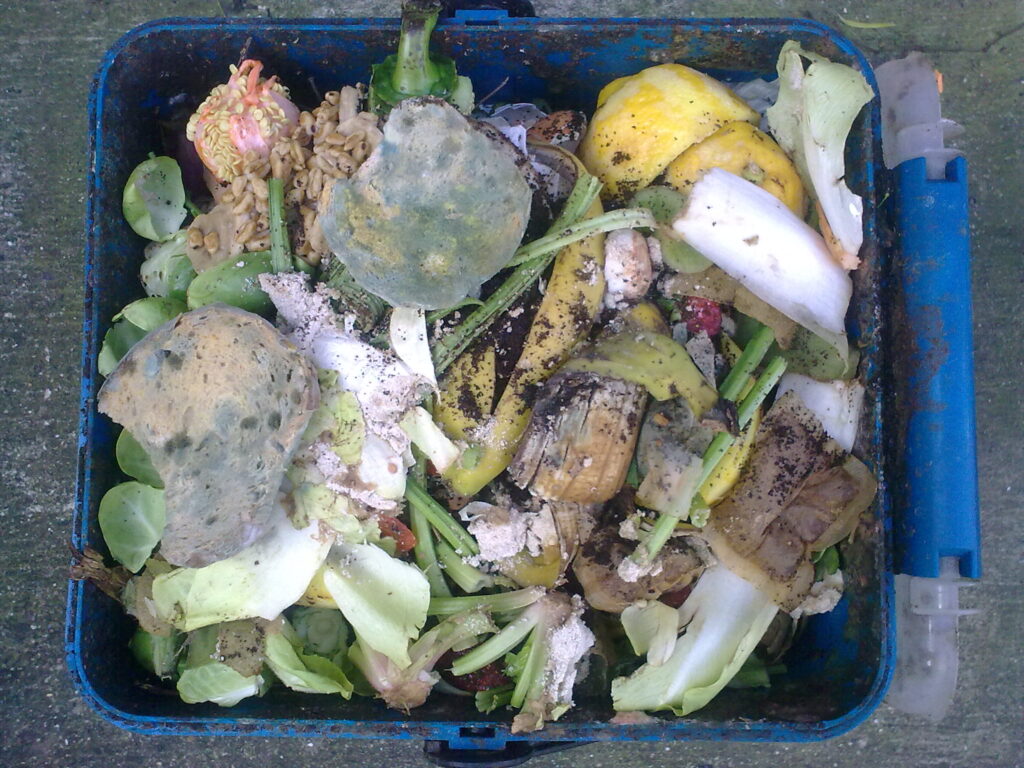
Food waste is a big problem. According to the United Nations, approximately one-third of the food produced globally – more than 1.4 billion tons – goes to waste. If food waste was a country adding carbon to the atmosphere, it would be the world’s third largest emitter of greenhouse gases – behind only the U.S. and China. All of this food waste takes place in a world where 815 million people – more than 10% of the people on the planet – are chronically undernourished.
A new study recently published in the American Journal of Agricultural Economics has analyzed the level of food waste for individual American households. It found that American households waste, on average, nearly one-third of all the food they acquire. This wasted food has an estimated aggregate value of $240 billion annually. Divided by the number of U.S. households, this food waste could be costing the average household about $1,866 per year.
According to researchers, the households with higher household incomes generate more food waste. Those with healthier diets, which include more perishable fruits and vegetables, also waste more food.
Meanwhile, households with greater food insecurity, especially those that participate in the federal SNAP food assistance program, as well as those households with a larger number of members, were associated with less food waste. Households that use shopping lists and those that travel further to reach the grocery store were also associated with lower levels of food waste.
When food is wasted, the resources used to produce food, including land, energy, water and labor, are wasted as well. We have to do better.
**********
Web Links
SAVE FOOD: Global Initiative on Food Loss and Waste Reduction
US households waste nearly a third of the food they acquire
Photo, posted March 22, 2009, courtesy of Nick Saltmarsh via Flickr.
Earth Wise is a production of WAMC Northeast Public Radio.
Leave a Reply